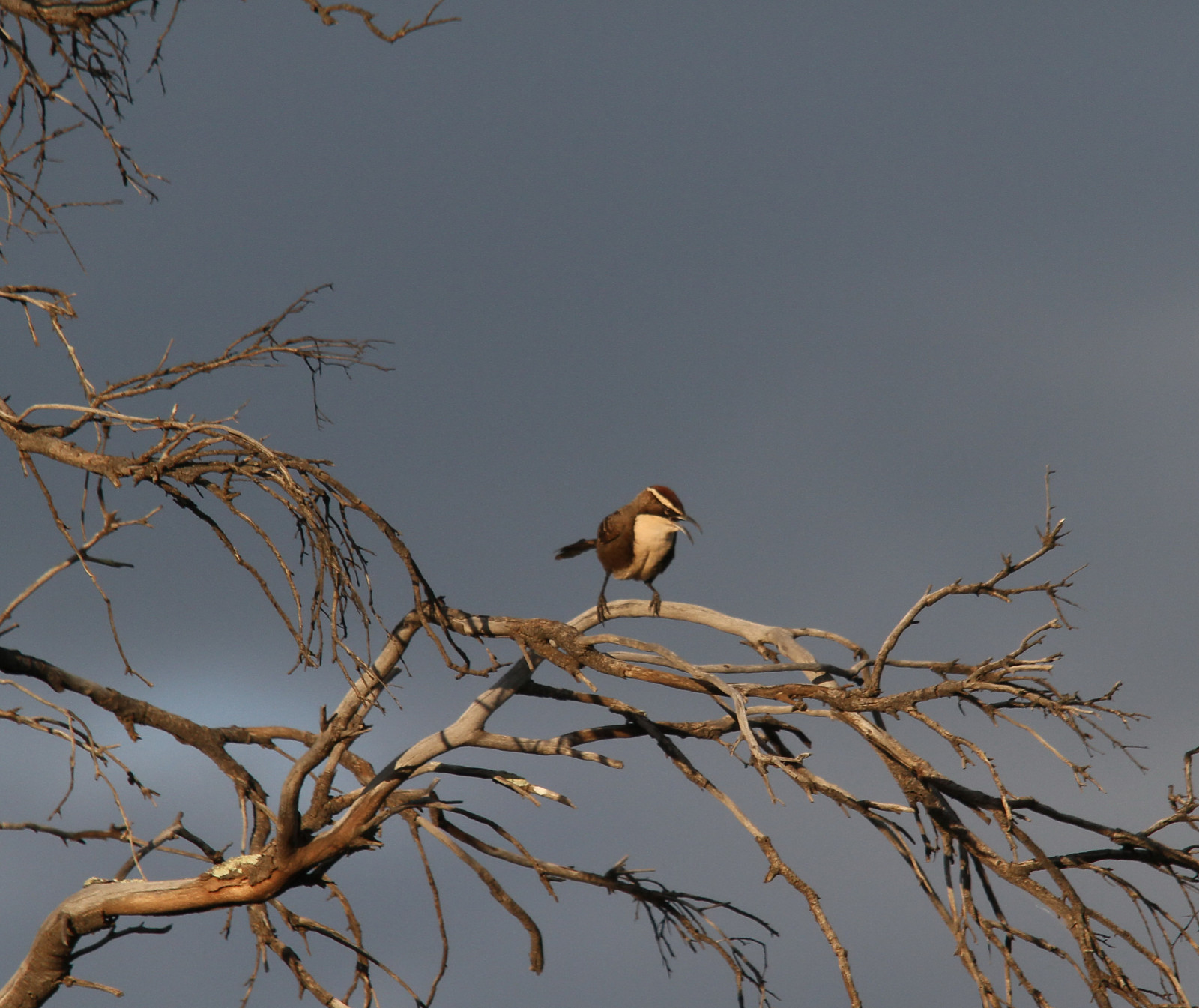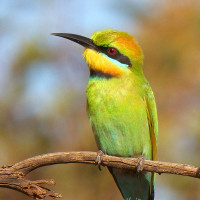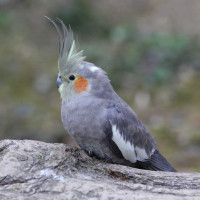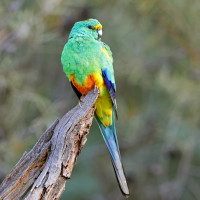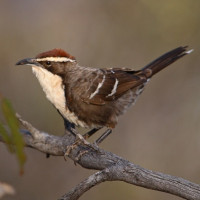Beschreibung
Moss Tank Flora and Fauna Reserve is an open forest area with some dense bush patches, surrounded by irrigated farms , small dams and tanks which attracts many birds. There are several vehicle tracks within both sections, though not maintained and can become boggy after rain. Early Spring and Autumn are great times to visit, Summer gets very hot and be prepared, the flies are terrible.
Birds normally encountered here , can be Crested Bellbird, Chestnut-crowned Babbler, Splendid Fairywren, Chestnut-rumped Thornbill, White-browed Woodswallow, Pied Butcherbird, Mulga Parrot, Australian Ringneck and many more a possibilty.
Details
Zugang
Best access for the Southern section of Moss Tank Flora and Fauna Reserve is off Finlayson Road. Click on a P in the map for directions or coordinates. Park vehicle here and walk in, drive in though tracks not maintained.
The northern section is accessed off Mosstank-Wemen Road. You can drive in along a rough track to most of the section, though again these are not maintained tracks and could be blocked by fallen trees, etc.
If wet best to avoid driving in, very boggy , but walking in can be very rewarding.
Terrain und Habitat
Wald , Vereinzelte Bäume und Büsche , WüsteBedingungen
Flach , Sandig , Staubig , TrockenRundweg
JaIst ein Spektiv nützlich?
NeinGute Beobachtungszeit
Frühjahr , HerbstBeste Beobachtungszeit
FrühjahrRoute
unbefestigte StraßeSchwierigkeitsgrad der Tour
DurchschnittlichErreichbarkeit
zu Fuß , Auto , FahrradBeobachtungshütten oder -türme
NeinZusätzliche Informationen
Certainly a great spot to stop at on the way to Hattah Kulkynne , most can be covered in a couple of hours.
